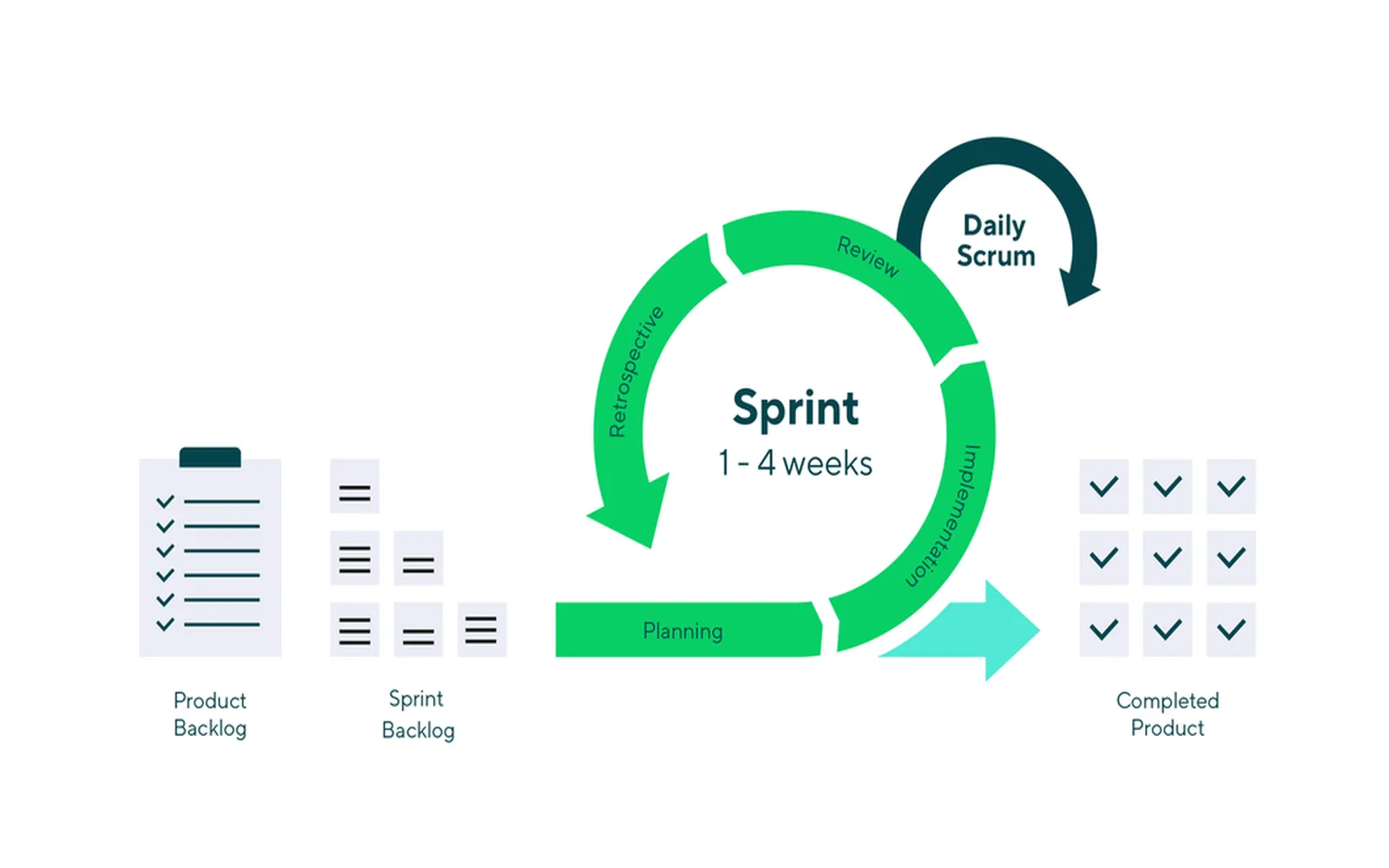Understanding Agile Methodology
Agile is a project management and product development methodology that emphasizes flexibility, collaboration, and customer satisfaction. It is widely used across various industries, particularly in software development, to deliver high-quality products in a fast-paced environment. The Agile approach is characterized by iterative processes, where requirements and solutions evolve through the collaborative effort of self-organizing teams. This guide will provide insights into the key principles, frameworks, and practices that define Agile methodology.
Core Principles of Agile
The Agile Manifesto, created in 2001, outlines four fundamental values and twelve principles that serve as the foundation of Agile. The core principles of Agile include:
- Customer Collaboration over contract negotiation
- Responding to Change over following a plan
- Individuals and Interactions over processes and tools
- Working Software over comprehensive documentation
These principles emphasize the importance of adaptability, teamwork, and delivering functional products that meet customer needs.
Popular Agile Frameworks
Agile methodology is not a one-size-fits-all approach; it encompasses various frameworks tailored to different project needs. Some of the most popular Agile frameworks include:
1. Scrum
Scrum is one of the most widely used Agile frameworks. It divides projects into small units called sprints, typically lasting two to four weeks. Each sprint involves planning, execution, and review, allowing teams to make adjustments based on feedback. Key roles in Scrum include:
- Scrum Master: Facilitates the process and removes obstacles.
- Product Owner: Represents stakeholders and prioritizes work.
- Development Team: Self-organizing group that executes the work.
2. Kanban
Kanban focuses on visualizing work and limiting work in progress (WIP). It utilizes a Kanban board to represent tasks and their stages, enabling teams to identify bottlenecks and optimize flow. Key principles of Kanban include:
- Visualize Work: Display tasks on a board for transparency.
- Limit WIP: Reduce the number of tasks in progress to enhance focus.
- Manage Flow: Ensure smooth progression of tasks through the workflow.
3. Extreme Programming (XP)
Extreme Programming (XP) is an Agile framework that emphasizes technical excellence and customer involvement. It introduces practices such as pair programming, continuous integration, and test-driven development (TDD) to enhance code quality and responsiveness to changes. Core practices of XP include:
- Continuous Feedback: Regularly gather feedback from customers.
- Frequent Releases: Deliver small, incremental updates to users.
- Collaboration: Encourage teamwork between developers and stakeholders.
Benefits of Agile Methodology
Implementing Agile methodology offers numerous advantages, including:
- Increased Flexibility: Agile allows teams to adapt to changing requirements and priorities, ensuring that the final product aligns with customer needs.
- Enhanced Collaboration: Agile fosters open communication and teamwork among cross-functional teams, leading to better problem-solving and innovation.
- Faster Time to Market: By delivering products in iterative cycles, Agile enables organizations to launch features and updates more quickly compared to traditional methods.
- Improved Quality: Continuous testing and feedback mechanisms in Agile lead to higher quality products and fewer defects.
Challenges of Agile Implementation
While Agile offers many benefits, organizations may face challenges during implementation, such as:
- Resistance to Change: Teams accustomed to traditional methodologies may struggle to adapt to Agile's collaborative and iterative nature.
- Lack of Experience: Insufficient knowledge of Agile practices can hinder successful implementation. Training and coaching are essential for building Agile competencies.
- Misalignment of Goals: Ensuring that all team members and stakeholders share a common understanding of project goals is crucial for Agile success.
Conclusion
Agile methodology represents a significant shift in how projects are managed and executed. By prioritizing customer collaboration, flexibility, and teamwork, Agile empowers organizations to deliver high-quality products more efficiently. Understanding the core principles, frameworks, and benefits of Agile can help teams navigate the complexities of modern project management. As the landscape of work continues to evolve, embracing Agile practices will be essential for staying competitive and responsive to market demands.
Visual Representation of Agile Frameworks
Below is a chart summarizing the key frameworks within Agile methodology:
| Framework | Key Features | Ideal Use Cases |
|---|---|---|
| Scrum | Time-boxed sprints, defined roles, regular reviews | Complex projects needing adaptability |
| Kanban | Visual workflow, WIP limits, continuous delivery | Ongoing projects with variable priorities |
| Extreme Programming (XP) | Technical practices, customer feedback, frequent releases | Projects requiring high-quality code and customer involvement |
By understanding these frameworks and their applications, organizations can effectively implement Agile methodologies for better project outcomes.





